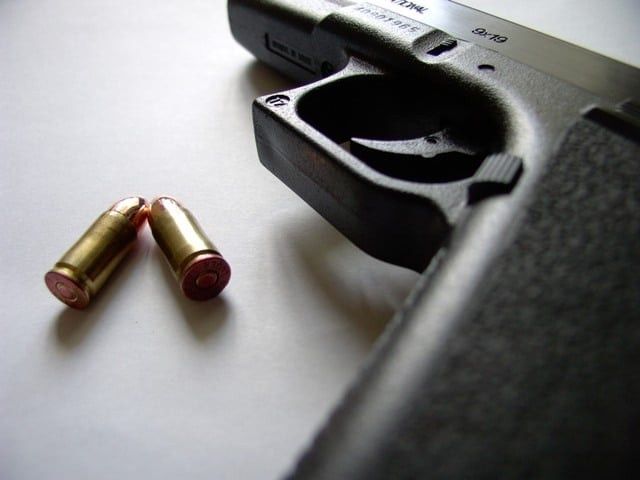
Despite repeated calls made by senior police officers for such an integrated system, the requests have fallen on deaf ears.
Take the example of Sindh, in particular Karachi. Despite the fact that the city is overflowing with hundreds of thousands of weapons, both licensed and unlicensed, the Sindh police holds ballistic signatures for just 3,000 guns in its database.
In other words, even if an investigation officer (IO) brings a spent bullet casing or a gun used from a crime scene, there is virtually a one in a million chance that a match can be found.
Moreover, the system by which an IO matches the profile against the database is all done manually, making the entire effort cumbersome and time-consuming.
Munir Ahmed Sheikh, the assistant inspector general for the forensics division in Sindh, has been at the forefront of calls to modernise the forensic side of the police force. “Time and again I have highlighted the importance of an integrated ballistic identification system for my unit, but still we are on the waiting list for the important equipment and software.”
Explaining the current process by which IOs match the ballistic profile of a gun against the database of 3,000 weapons available at his unit, Sheikh said in one day one can at most only test the profile of a suspect gun against 10 signatures.
Theoretically a staggering 300 days are needed to see whether the suspect gun matched any of the 3,000 weapons for which the profiles are available. “Also, there’s always the possibility that due to human error, there might be a mismatch,” he said.
A senior police official at the Crime Investigation Department said an effort must be made to at least obtain the ballistic signatures of weapons for which licenses are being issued. “It’s simple, really. All the home departments of each province have to do is make it mandatory that before a licence is issued, the ballistic profile of the weapon must be also submitted by the person obtaining the licence.”
Currently, the request for the equipment and software for the Sindh forensics division is pending at the home department.
Experts say that maintaining such a database is a monumental task, given that the country and especially cities like Karachi are overflowing with millions of weapons.
They also point out a problem: even if one obtained the profiles of licensed weapons, how would one obtain the signatures of unlicensed weapons which are estimated to number hundreds of thousands.
According to non-governmental estimates, Pakistan has one of the highest per capita rates of private gun ownership in the world: 11.6 firearms per 100 people. The total number of illegal arms in Pakistan is estimated at about 20 million. Senators in 2011 had estimated that there were more than two million weapons in Karachi alone. Moreover, Karachi police in 2010 had estimated that the number of 9mm pistols, which are mostly used in target killing cases in the city, were more than 125,000.
But officers like Sheikh say that a start must be made today if the situation is to be improved. “Even if I’m not in this division tomorrow, somebody else who’ll come in my place will have to get this task done at all costs. Otherwise murderers will continue to get bailed out.”
Published in The Express Tribune, March 19th, 2012.
1725254039-0/Untitled-design-(24)1725254039-0-270x192.webp)

















COMMENTS
Comments are moderated and generally will be posted if they are on-topic and not abusive.
For more information, please see our Comments FAQ